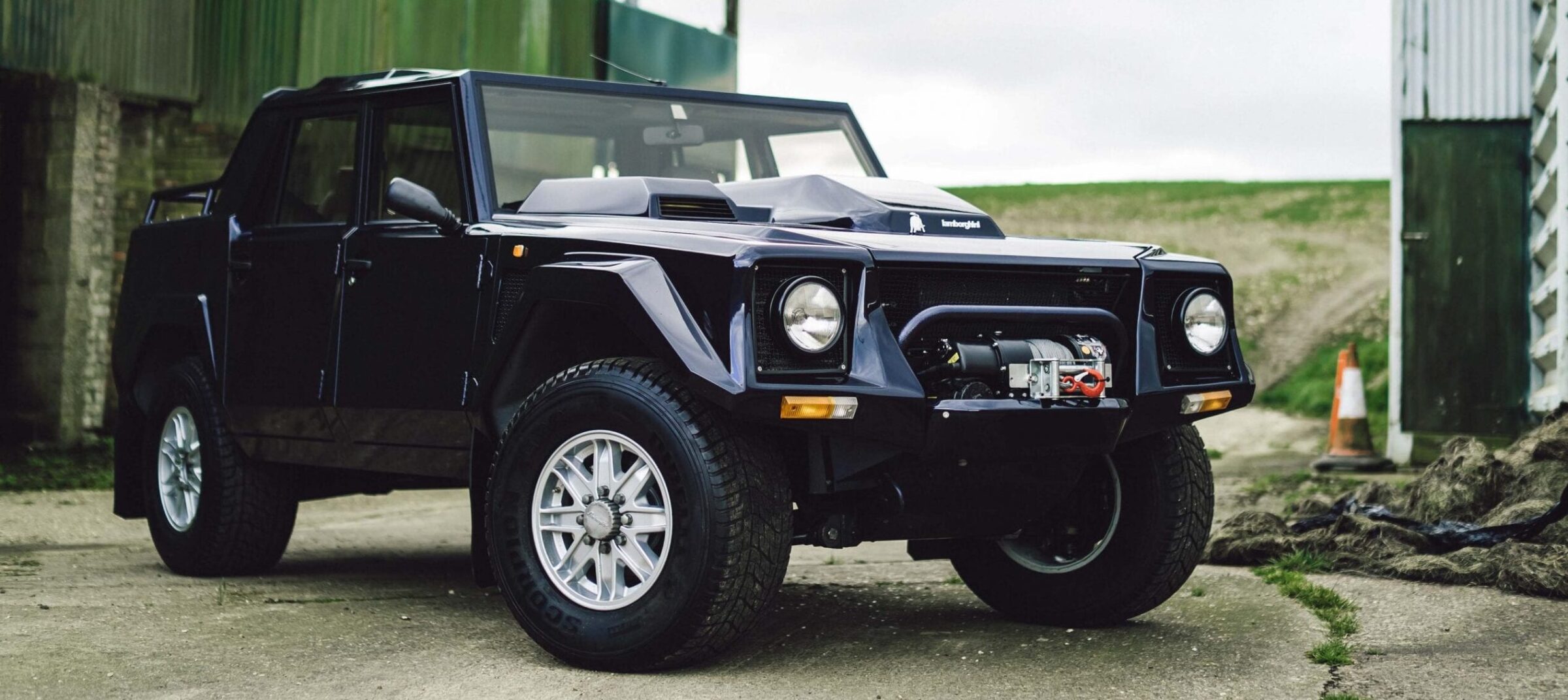The bull before the Urus – Lamborghini LM002
While today it is almost taken for granted that Lamborghini serves the field of high-performance SUVs with the Urus, this was not the case at the beginning of the 1980s. Due to a discontinued US military contract, Lamborghini had several prototypes of an off-road vehicle prototype with the project name Cheetah in storage, which had received a V8 from Chrysler as the drive unit. As they were defeated in the elimination competition by the HMMWV (High Mobility Multipurpose Wheeled Vehicle) from General Motors, which was later also sold to civilian customers as the Hummer, the work ended just as suddenly as it had begun in 1977.
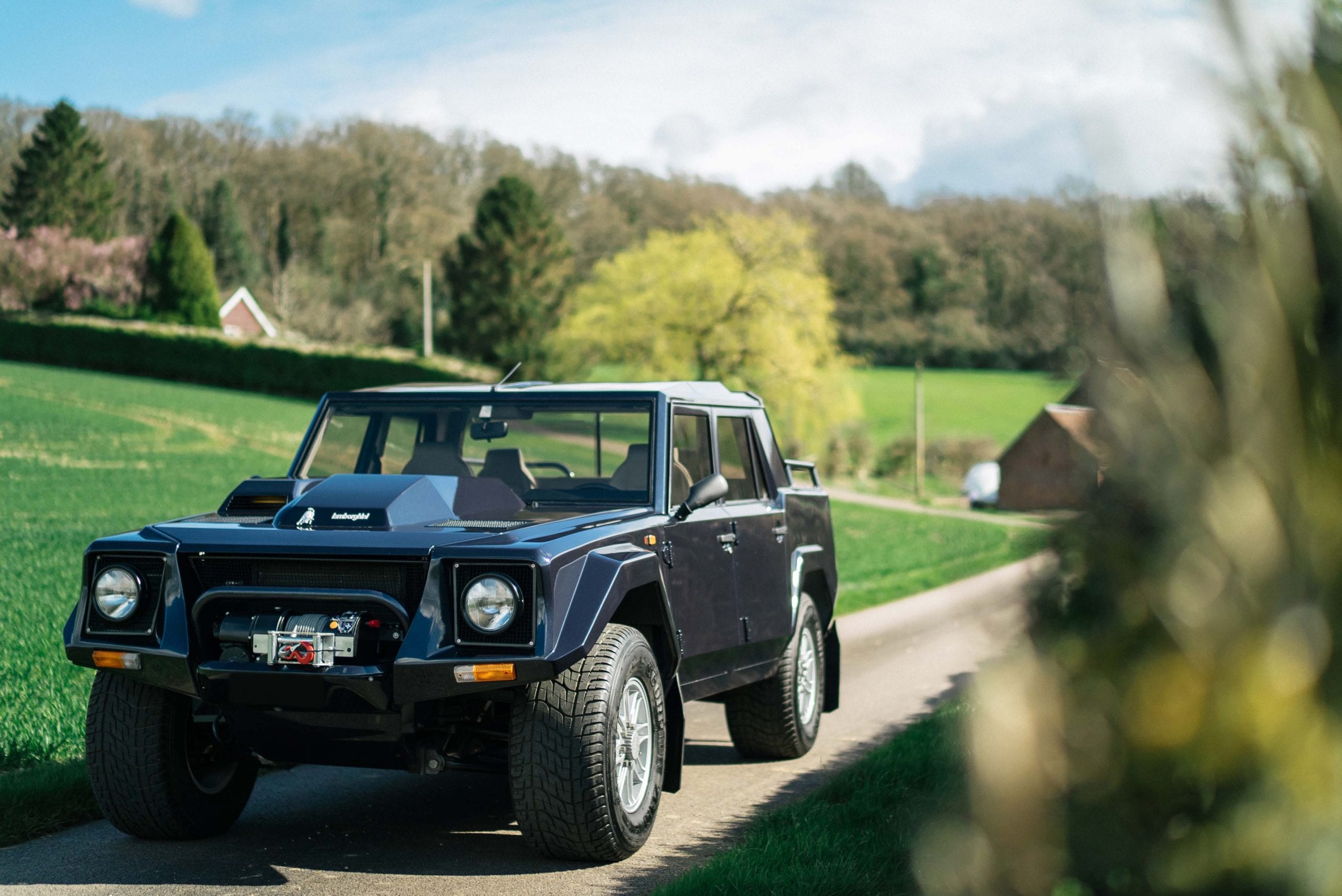

As the Lamborghini brand repeatedly experienced financial difficulties in the years between 1970 and 1998, there were various changes of ownership. One of these took place in 1980, when the sports car brand went to the French multimedia artist and composer Patrick Mimran. Under his management, a positive turnaround was achieved in the sports car business and the Cheetah was also resurrected, for which Mimran saw good sales opportunities in the civilian sector, especially in the Middle East. The LM001 prototype, which had a 5.7-litre V8 engine from AMC under its bonnet, was already on its wheels in 1981. The Lamborghini LMA with the V12 engine from the Countach LP500S finally made its debut at the 1982 Geneva Motor Show.
4.8 liter V12. nothing to add.
Despite the advanced development work, it was another four years before the LM002 was launched on the market. The large four-door off-roader made its debut at the 1986 Brussels Motor Show, measuring 4.79 metres long, two metres wide and 1.85 metres high. Behind the passenger cabin was an open pick-up loading area, which could be converted into a closed boot using a special attachment. The engine compartment was located on the other side of the vehicle in front of the windscreen. The Lamborghini engineers drew 335 kW/455 hp from a displacement of 4.8 litres and twelve cylinders. This power was transferred to the permanent all-wheel drive via a manual five-speed gearbox. The sprint to 100 km/h took just 8.2 seconds. Lamborghini stated a top speed of 223 km/h, making the LM002 the fastest off-road vehicle in the world for a long time. Parallel to the LM002, an LM003 with a three-litre turbo diesel engine was originally also to be offered, but this never made it past the planning phase. A prototype of the LM004 with a V12 engine enlarged to 7.3 litres was added in 1984. Meanwhile, exactly 301 examples of the LM002 were built between 1986 and 1993.
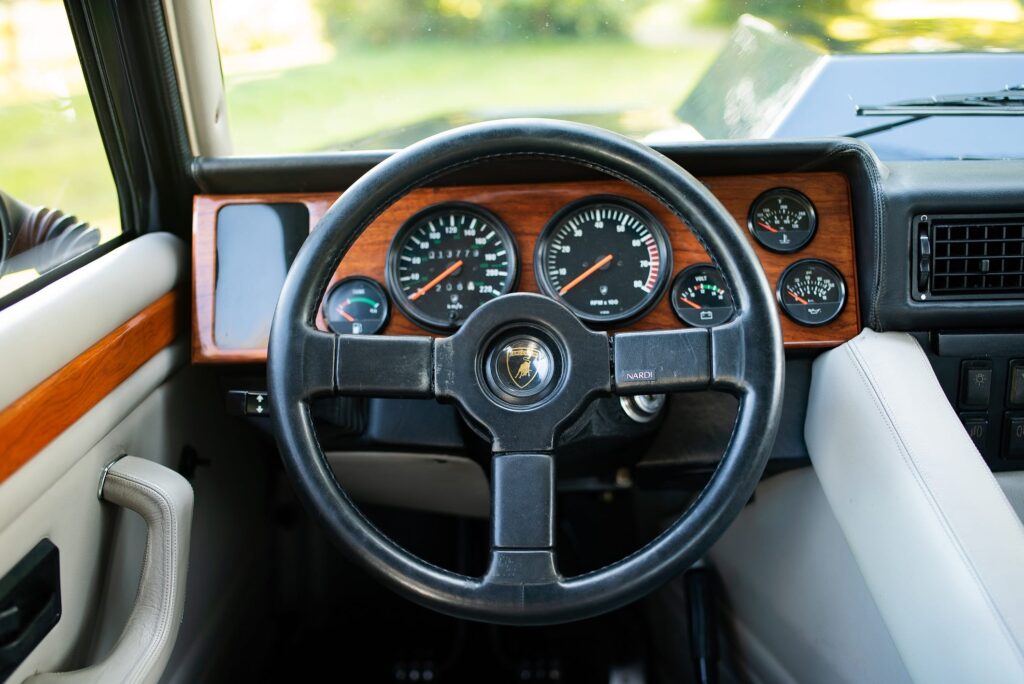



Around a year ago, the Lamborghini LM002 with chassis number 40 rolled into the yard of restoration experts Bell Sport & Classic as a cancelled restoration project. Various components, such as the engine, had already been dismantled and packed in boxes and crates. The car, originally painted in the colour ‘Acapulco blue’, was to be restored to its original delivery condition. In 2003, the current owner bought the car, drove it for some time in everyday use and made it available to the TV programme Top Gear, among others, which had ‘The Stig’ do a lap of the Dunsfold airfield circuit. The LM002 has been in dry storage since 2009. At Bell Sport & Classic, chief mechanic Attilio Romano dedicated himself to the extensive task, which began with the inventory of the delivered components. Various components that had been damaged or heavily used over the years were then reordered or even manufactured from scratch, as not all spare parts for the LM002 were available ex works.
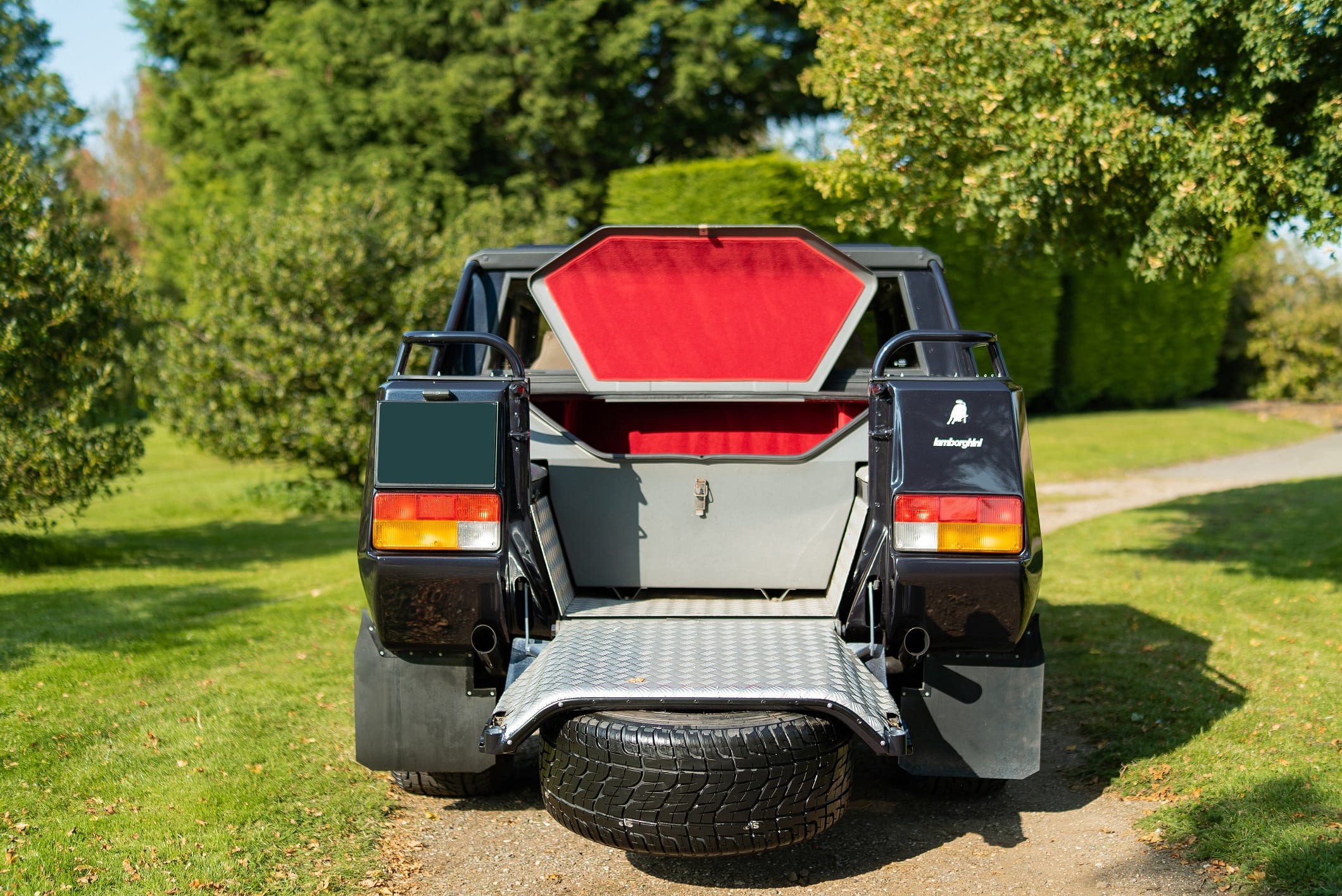

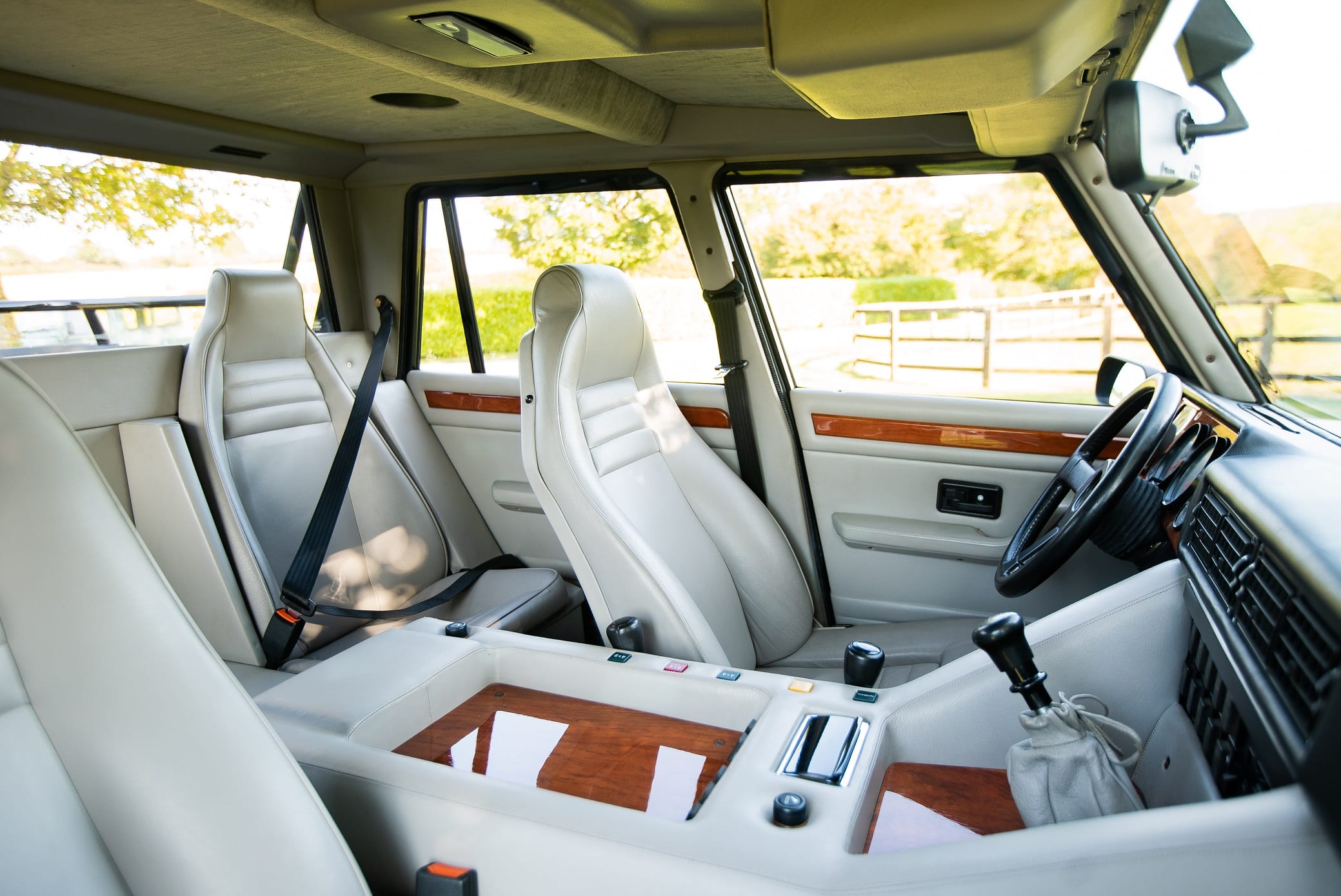

While chassis parts went to the powder coater and the V12 engine received a new water pump, the other engine components could be reinstalled after a thorough visual and functional inspection as well as a visual overhaul. During reassembly, an original exhaust system replaced the exhaust system from a second supplier on the vehicle. Attilio Romano found a few damaged gears in the gearbox, which would cost £6,000 to replace if they were available. The native Italian therefore drew on his 40 years of professional experience and expertly repaired all the gears. The original light grey leather was simply given a thorough clean and care, but can continue to tell the story of this LM002 with a light patina. Meanwhile, the body was repainted in the colour ‘Blu Acapulco metallizato’ and then new rubber seals were fitted all round. The restoration work was completed after around 11 months.
–
Photos & Car by:

